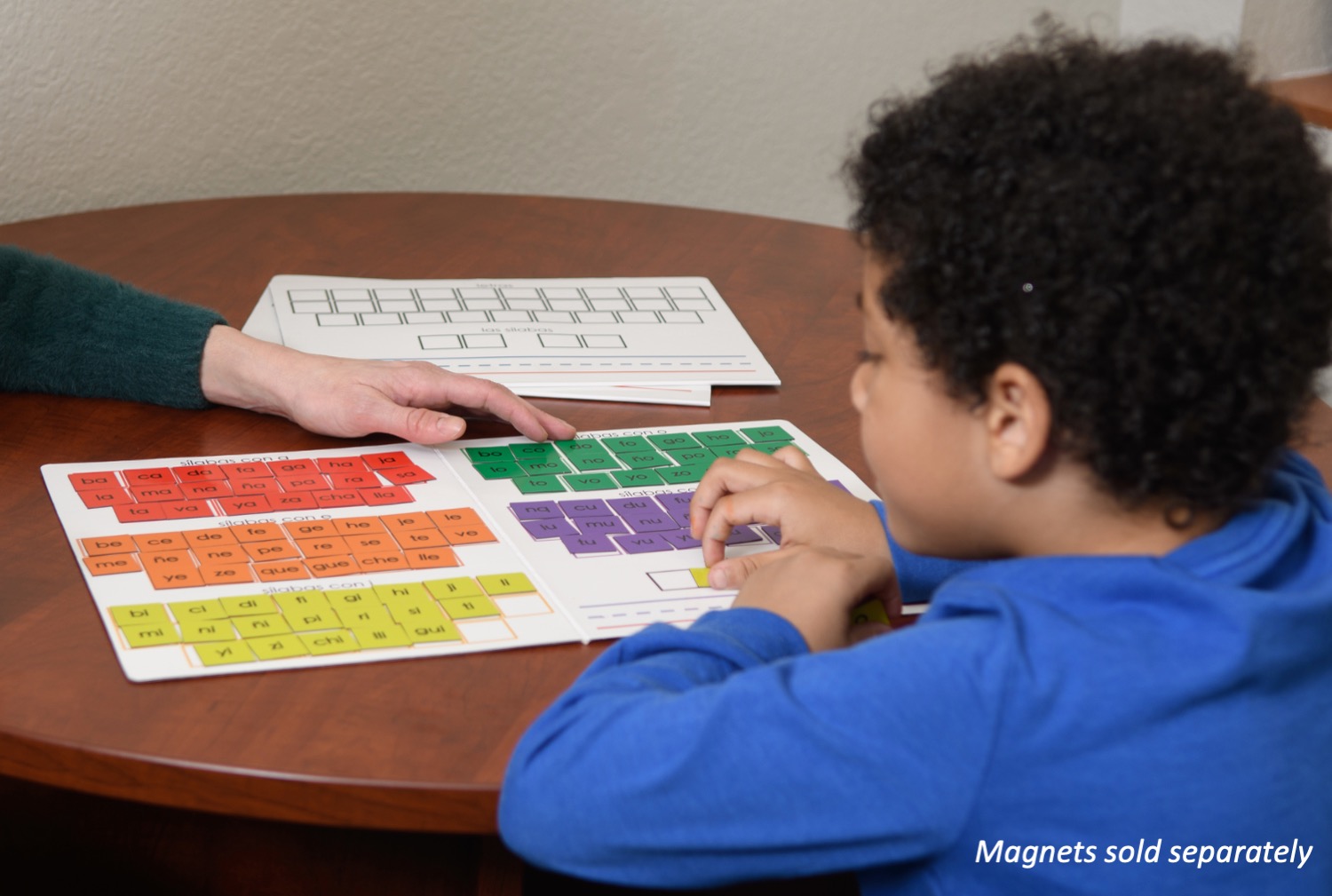If your child has been diagnosed with dyslexia, or you suspect they may be struggling with it, you’re not alone. Dyslexia affects 1 in 5 children and can impact reading, writing, and spelling abilities. But here’s the good news: with the right strategies and resources, you can make a meaningful difference at home.
At PDX Reading Specialists, we believe that every child can thrive when supported with evidence-based tools grounded in the Science of Reading. This guide is here to empower you with practical ways to help your child succeed from the comfort of your home.
Understanding Dyslexia
Dyslexia is a neurologically-based learning difference that primarily affects reading skills. It’s not a reflection of a child’s intelligence or motivation, in fact, many children with dyslexia are highly creative, insightful, and bright.
Common signs of dyslexia include:
- Difficulty with phonemic awareness (the ability to identify and manipulate sounds)
- Struggles with decoding words and spelling
- Trouble reading fluently
- Avoidance of reading-related tasks
The most effective support for dyslexic children is structured, explicit instruction tailored to their needs. That’s where parents can play a pivotal role at home.

1. Create a Dyslexia-Friendly Home Environment
The first step is building a supportive and encouraging atmosphere where your child feels safe to take risks and make mistakes.
Tips:
- Celebrate effort over perfection.
- Avoid comparing your child’s reading to others.
- Set realistic, consistent routines around reading time.
- Provide easy access to high-interest, decodable books.
Positive reinforcement and patience go a long way in building confidence and resilience.
2. Use Structured Literacy Techniques at Home
The Science of Reading is a body of research that outlines how children learn to read and why some struggle. It emphasizes systematic instruction in:
- Phonemic awareness
- Phonics
- Fluency
- Vocabulary
- Comprehension
You don’t have to be a trained teacher to use these methods at home. Many of the resources available through PDX Reading Specialists are designed specifically for parent use, with clear instructions and child-friendly activities.
Try This:
- Use phonemic awareness games to practice breaking down and blending sounds.
- Practice decoding skills with decodable readers (texts aligned to phonics instruction).
- Read aloud to model fluent reading and build vocabulary.
3. Incorporate Multisensory Learning
Dyslexic learners often benefit from multisensory approaches, which engage more than one sense at a time to help with memory and understanding.
Examples:
- Writing words in sand or shaving cream for tactile feedback
- Using letter tiles or magnetic letters to build words
- Clapping syllables or tapping out phonemes
These hands-on strategies make learning interactive and fun, and they work.
4. Make Reading a Daily Habit
Even 15 minutes of daily reading practice can create lasting improvement. Keep the sessions short and positive.
Ideas to Encourage Reading:
- Let your child choose books based on interest.
- Use audiobooks alongside printed books (this builds fluency and comprehension).
- Create a cozy, distraction-free reading nook.
- Re-read familiar texts to build fluency and confidence.
Remember, consistency trumps perfection. Some days will go better than others, and that’s okay.
5. Stay Connected to Educators and Specialists
Your child’s school or educational therapist is a vital part of their support system. Stay in regular communication with teachers and consider joining support groups for parents of children with dyslexia.
You might also benefit from:
- Formal tutoring with a dyslexia specialist
- Progress monitoring tools
- Access to individualized reading plans
At PDX Reading Specialists, we offer comprehensive assessments and tutoring plans that complement what you do at home.
6. Boost Self-Esteem and Emotional Wellbeing
Reading challenges can take an emotional toll on children. They may feel embarrassed, frustrated, or defeated.
Support your child emotionally by:
- Acknowledging their feelings without judgment
- Encouraging growth mindset language (“You’re working hard and getting better every day!”)
- Highlighting their strengths and talents in other areas (art, music, sports, etc.)
Children with dyslexia often develop remarkable problem-solving and creative skills nurturing these strengths builds confidence and motivation.

7. Choose the Right Tools and Resources
With so many programs and apps available, it’s easy to feel overwhelmed. The key is choosing solutions that are grounded in the Science of Reading and proven to support dyslexic learners.
PDX Reading Specialists offers:
- Decodable readers and structured literacy kits
- Hands-on phonics games and manipulatives
- Parent-friendly instructional guides
- Personalized consultations and product recommendations
These aren’t just educational products, they’re powerful tools to help you turn frustration into progress.
8. Be Patient with the Process
Helping a child with dyslexia is a journey, not a sprint. There will be setbacks. There will be breakthroughs. What matters most is your continued support and belief in your child’s potential.
Take time to celebrate small wins:
- Reading a new word independently
- Completing a full book
- Spelling a tricky word correctly
Every step forward is a victory.
Final Thoughts: You’ve Got This
Parenting a child with dyslexia can feel overwhelming, but you are not alone. With the right tools, mindset, and support system, you can make a powerful impact on your child’s reading journey.
At PDX Reading Specialists, we are committed to equipping families with effective, research-backed solutions. Our resources are not only easy to use, they’re aligned with the best practices in reading science.
Ready to empower your child with proven, effective strategies at home?
Shop PDX Reading Specialists for Science of Reading-aligned solutions designed to help your child thrive. Because every child deserves to feel confident and capable when they open a book.


